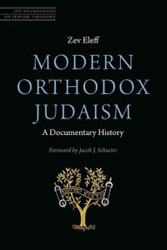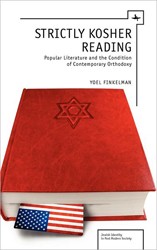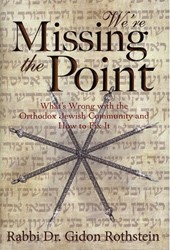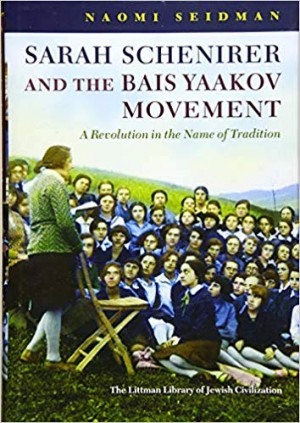According to a reanalysis of the 2013 Pew study focusing on Orthodox Jews, 10% of American Jewish adults are Orthodox, and 62% of that group describe themselves as Haredi, or ultra-Orthodox.
This statistic is relevant in light of the main objective of Changing the Immutable an encyclopedic discussion of the complex evolutionary processes involved in creating and shaping Jewish tradition. For Shapiro, the issue is “truth” — that is, how facts are reinterpreted, omitted or, to use an extreme term, censored in the process of transmitting Jewish tradition from one generation to the next.
The book begins with the famed photograph of federal officials, including Hillary Clinton, watching the raid on Osama Bin Laden’s home. A version that appeared in Haredinewspapers omitted Clinton. This, for Shapiro, is a vivid illustration of “the altering and conscious rewriting of Jewish history and thought.”
Shapiro offers hundreds of ideas that are intentionally “forgotten,” Rabbinic rulings that are sometimes changed, and terminology that is modified. His book is a call for authenticity and hard facts. At the same time, he offers a series of reasons why these changes are made: sometimes to protect rabbis whose ideas might be viewed differently at another time; often to protect the reputation of an individual or public figure or to protect the Jewish community from a hostile gentile world; and most often to respond to changing social conditions and tastes.
The book is a cri de Coeur, suggesting that truth should be a timeless commodity. Yet, the book has another, larger meaning. It outlines how Jewish tradition, a highly decentralized and in a modest way, a plastic entity, is shaped and changed. But the key here is not popular thinking. The clamor of the masses is not ignored, but is also not decisive. Rather, the rabbinic elite of each generation assess and evaluate — or reevaluate—halacha and minhag with the understanding that precedent matters and some decisors are more authoritative than others. Some opinions, which are articulated by thinkers of limited stature, exist in printed material. But these are not necessarily precedents and may be beyond the boundaries of what is normative. Other ideas become accepted by groups of people who, over time, move away from traditional or what we today call Orthodox Judaism. This process is a fascinating one, quite different from religious groups and even Jewish denominations that “vote” on modifications — where majority rule, a Western democratic notion, prevails rather than a reliance on an unappointed elite who are recognized as the legitimate authorities in that era.
The Pew findings are especially meaningful today in light of the predictions of early sociologists that modernity inevitably included secularization. What we see in these findings is a growing cadre of highly traditional Jews but, at the same time, a growing proportion (now 30%) who have no denominational identity. While Shapiro decries the modification of facts, he provides ample evidence that this process has a higher purpose in maintaining Jewish unity, continuity, and inspiration for people to be committed to an ancient albeit changing tradition. While in today’s open society this allows for greater stringency alongside active participation in contemporary society — Orthodox Jews in the United States, including Haredim, are more affluent than the population as a whole — in other contexts and at other times, rabbinic decisions were more lenient in recognizing the contingencies and the contexts of Jewish life.
Related Content:





